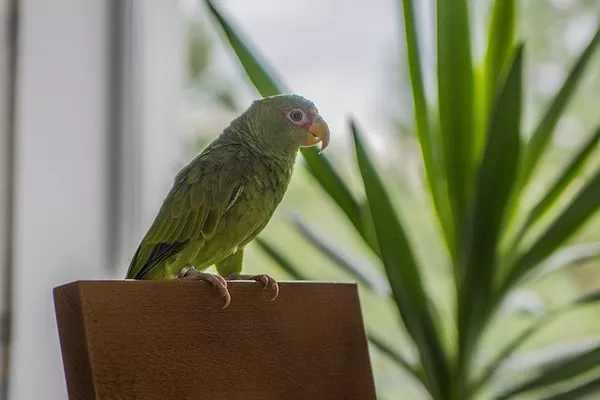Recent strides in the field of metabolomics are enhancing our comprehension of the ecological repercussions of plant chemical diversity. Yet, scant attention has been given to examining the impacts of phytochemical diversity on herbivore damage within tropical tree communities at a community-wide scale.
A study, recently published in Ecology Letters, led by researchers from the Xishuangbanna Tropical Botanical Garden (XTBG) of the Chinese Academy of Sciences, set out to investigate the relationship between community phytochemical diversity and herbivore-induced leaf damage. This endeavor integrated untargeted metabolomics, a plastome-based phylogeny, and data from a long-term tropical forest monitoring plot, encompassing 358 distinct plant species.
Employing untargeted metabolomics, the research team assessed secondary metabolites and quantified herbivory for 358 plant species located within a 20-hectare forest dynamics plot, nestled in the tropical rainforests of Xishuangbanna, southwest China.
Their methodology involved the division of the plot into numerous 20 x 20 meter quadrats, amounting to a total of 500. They harnessed species-level metabolomic data and herbivory observations to compute phytochemical diversity, dissimilarity, and herbivory within local tree communities. The researchers scrutinized these factors in relation to the light environment and soil nutrient content at the spatial scale.
One striking discovery was the absence of a phylogenetic signal in the majority of compound classes. This indicated rapid diversification in tree metabolomes. Notably, the study observed that species co-occurring within the same locale exhibited greater chemical dissimilarity than what would be expected at random. Furthermore, local chemical dispersion and metabolite diversity demonstrated associations with reduced herbivory, particularly among specialist insect herbivores.
The research findings underscored a noteworthy trend: herbivory diminished as the metabolite diversity within the community increased. Plant neighbors harboring a rich diversity of secondary metabolites appeared to curb herbivore damage, particularly in the case of specialist herbivores, which exhibit limited host ranges and the potential for density-dependent impacts on plants.
This research has illuminated the pivotal role of specialist herbivores in fostering communities of chemically distinct and diverse trees within the same vicinity. The findings suggest that chemically mediated plant-herbivore interactions are a crucial component of ecological niches, with the potential to contribute significantly to the sustenance of tree species diversity in tropical forests.
Yang Jie of XTBG summarized the study’s significance by saying, “Our results highlight the role of secondary metabolites in mediating plant-herbivore interactions and their potential to facilitate niche differentiation in a manner that contributes to species coexistence.”


